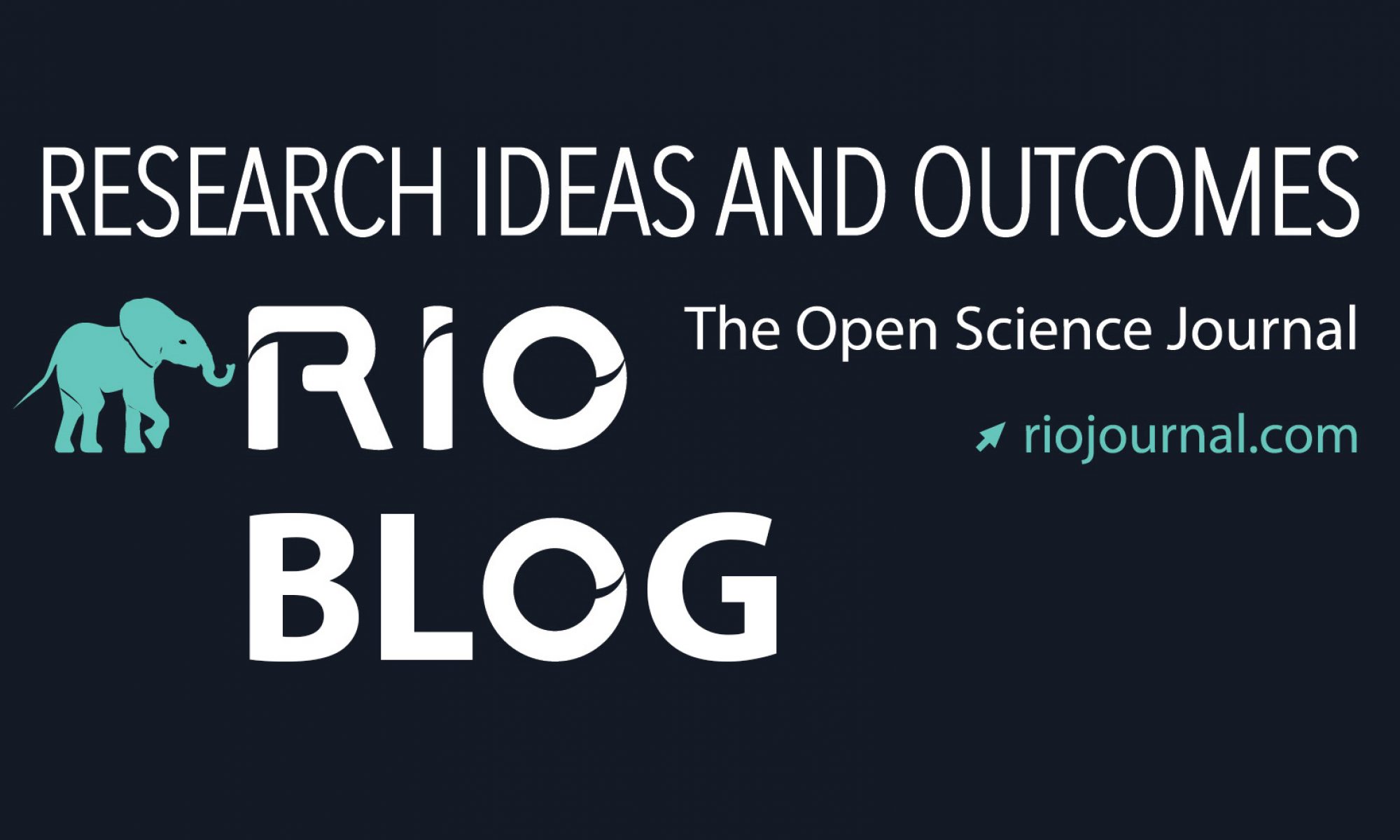Soilless farming could help developing countries with little arable land and harsh for agriculture climate, such as Qatar, to become self-sufficient in terms of their produce. Relying on advanced hydroponics and multi-story vertical growing, the proposed system uses nutrient-enriched water to produce approximately a hundred times more yield compared to when the crops are grown on a conventional farmland of the same size.
The hybrid setup, devised by Nik-Othman Abdullah, biotechnologist at Malaysia University of Science and Technology, is described in his Methods paper, published in the open-access peer-reviewed journal Research Ideas and Outcomes (RIO). In his publication he describes and explains the steps of the approach meant to tackle the food-shortage and enormous import expenditures in the country in line with the Ministry of Environment of Qatar’s recently created National Food Security Programme.
The proposed vertical-horizontal regulated soilless farming is theoretically capable of increasing the domestic produce on such a scale that the country, which has been estimated to have spent USD 11 billion on imported food in 2014 alone, could become self-sufficient.
Furthermore, this type of soilless farming could provide reliable quantity as well as quality of the crops. Grown indoors, where they would be constantly monitored by personnel with good technical and scientific knowledge, the produce would be less affected by factors such as atmospheric conditions, contamination or pests.
The plants would be supplied with the calculated amount of nutrition they need, as well as the exact amount of light and gas exposure. Being grown in a sterile environment and not treated with fertilizers, pesticides, weedicides and other harsh chemicals, the crops would not only look visibly identical, but would also be cleaner, fresher, healthier, tastier and richer in nutrient content. They would also grow faster and bigger.
“Plants would not waste energy in root tissue production because nutrients in pure form will be provided to the plants instead of the plant stressing to search for the nutrients,” explains the biotechnologist. “Therefore, plants grow evidently 50% faster and bigger.”
On the other hand, such farming would be more cost-efficient, since there would be significantly less personnel needed and no expenditure on chemical treatment. Moreover, it would take only 10% of the water used in conventional farming for a same-sized piece of agricultural land. Overall, soilless farming would cost 90% less, although the initial setup would be quite expensive. The latter is also the only disadvantage pointed out in the paper.
The author stresses that such a farming ground can be constructed basically in any location. “It can be set up almost anytime and everywhere, in a greenhouse, warehouse, inside a building, or even in outer space,” Nik-Othman Abdullah comments.
###
Original source:
Abdullah N (2016) Vertical-Horizontal Regulated Soilless Farming via Advanced Hydroponics for Domestic Food Production in Doha, Qatar. Research Ideas and Outcomes 2: e8134. doi:10.3897/rio.2.e8134




